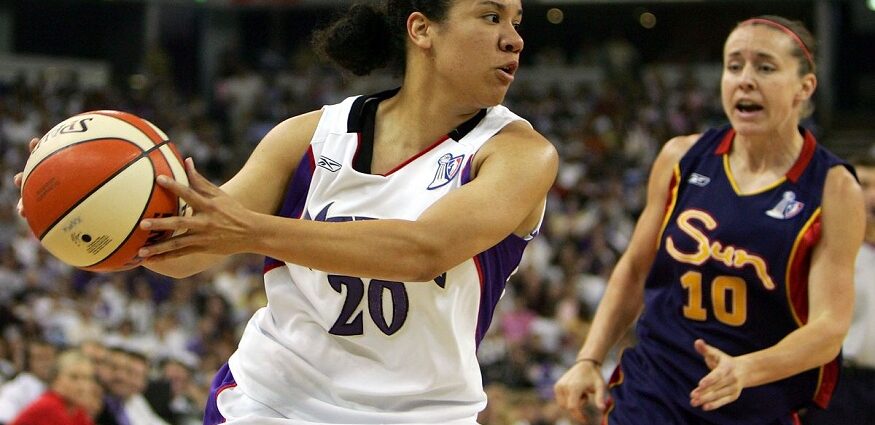945 Views
Everyone knows about basketball, but they know it in the process of the game. This might result in a bit less knowledge about every part of the game. For a beginner, it may not always sound familiar to know about every aspect of the game. When practicing shooting with a basketball machine, one should know the other aspects of the game that may help them change the trajectory of the match.
The game of basketball has several aspects. Here are the key terms and definitions –
- Air Ball – This is the time when the basketball misses the hoop and the backboard completely. This is why one needs to do rigorous practice through a basketball hoop rebounder machine.
- Alley-oop – It is a high arc pass to a teammate for letting him or her score from a position near the basket
- Alternating possession rule – The rule allows the team to take turns in possessions after stopped plays
- Assist – It is a pass to set up the score
- Backboard – It is a common thing that is visible even on a shooting machine, where a board is set behind the basket. It is also called back-screen.
- Ball fake – It is the art of faking a pass shot to deceive the defender
- Bang the board – It is an aggressive attempt to get a ball rebound. It does not usually happen when players practice with a basketball shooter machine. The machine itself can rebound the ball within a specific or pre-set period.
- Baselines – These are also called end-lines, which stay at either end of the baskets.
- Baseline pass – It is a one-handed pass to the teammate toward the basket
- Basket – It is a well-known part similar to a goal where a net is attached to a circular, horizontal rim.
- Behind the Back dribble – It is a classic basketball dribbling trick where the ball is dribbled from one hand to the other behind the back
- Behind the Back pass – This trick passes the ball behind the back of the body
- Between the legs dribble – This dribble is a well-known basketball signature, where the ball is passed between the legs
- Blocked shot – When a shot is deflected on its way to the basket, it is called a blocked shot
- Blocking – When a player uses his or her body to block the opponent
- Bounce pass – A pass that bounces off the floor and gets received by a teammate
- Box out – To secure the rebound, players position them between the basket and a player of the opponent
- Center – When a position is close to the basket that involves rebounds and blocking shots
- Change of pace dribble – In this dribbling process a player does slow and fast dribbling to get past the defender
- Charging – A foul committed by an offensive player who illegally makes contact
- Control dribble – This process is a closely guarded low dribble
- Dagger – A late shot that effectively seals the winning score by the shooting team. This is an effective practice. Having the chance to practice with a basketball hoop rebounder may be very helpful in scoring such a shot.
- Defensive stance – This is the stance that a player takes to defend an offensive player.
- Deflection – It is the art of altering the path of the ball by making contact with the ball.
- Dip – It is a technique to improve a player’s shooting accuracy and effectiveness. It involves taking the ball to a lower starting point before shooting. This trick can be practiced by a shooter basketball on a machine.
- Euro Step – This is a basketball move where the player takes one step in the direction to one side with one foot, and then quickly changes the direction by placing another foot to another side while dribbling the ball.
- Free-throw – This is a free shot awarded to a player after a foul play is committed by an opponent. To practice this trick, one needs to keep practicing with a rebounding net basketball machine, where the ball returns immediately after shooting attempts to help repeat the process for correcting the shoot.
The act of playing basketball has many other tricks that have evolved over the years. The use of effective training schedules may help correct the shots.

